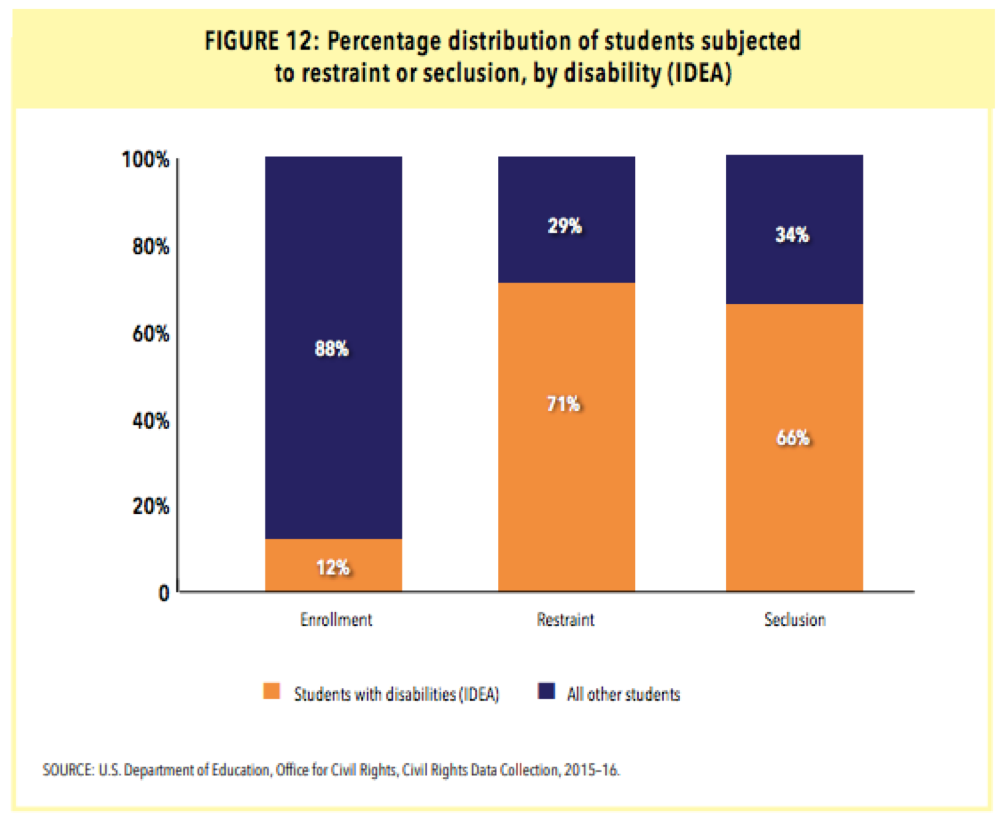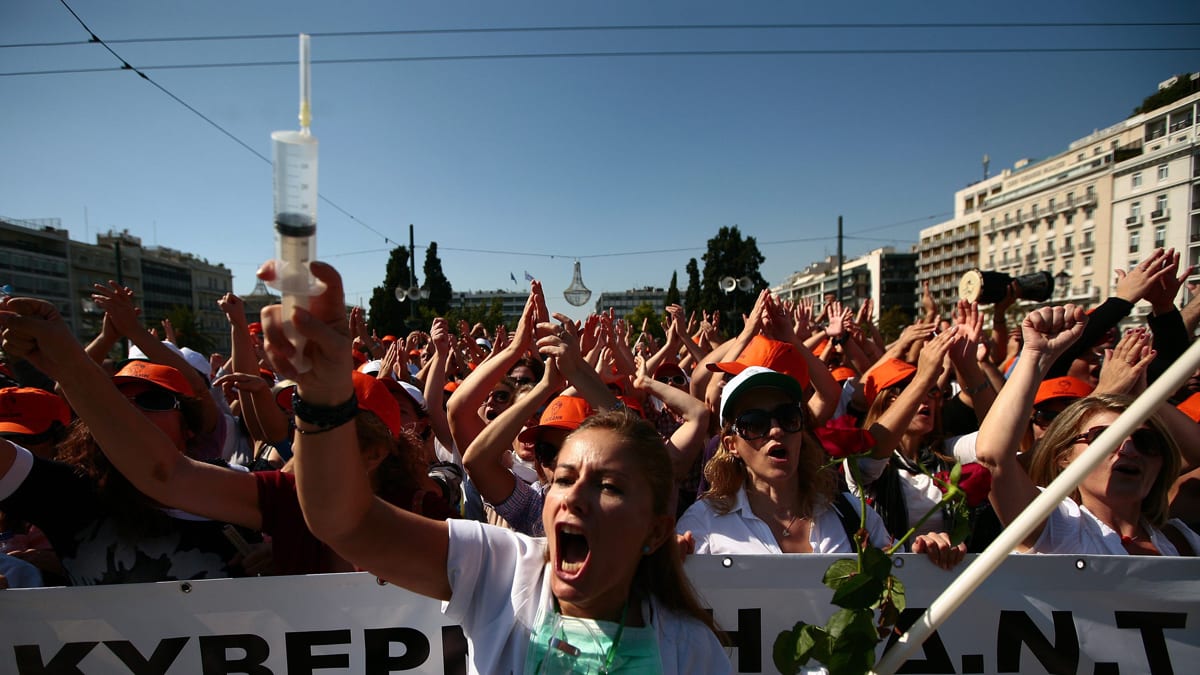
Tammy Jackson
At the beginning of March, we asked if Florida would finally stop shackling women prisoners in childbirth. At the end of June, Florida’s Governor signed the Tammy Jackson Healthy Pregnancies for Incarcerated Women Act. Last year, Tammy Jackson gave birth, alone, in a cell in the North Broward Jail, in Pompano Beach. The new law bans shackling pregnant women prisoners; invasive body cavity searches; and the use of solitary confinement; and requires medical examinations at least once every 24 hours. While this is welcome news, it begs the question why it took Florida so long to address the ongoing violence against women in its prisons and jails. Why? Why are pregnant women shackled while pregnant, in childbirth, and after delivery? Why? Across the United States, women, alone in their cells, give birth to children. They are alone because … because they are incarcerated. That justifies all acts of violence and violation, especially against women. Remember, Andrea Circle Bear, the first woman to die of Covid 19 in federal prison, was pregnant when she was sent to prison. Remember, Andrea Circle Bear should never have been incarcerated in the first place, and should never have remained incarcerated. Why is it so hard to release pregnant women from clear and imminent danger?
Every month, the reports come out, and every month, for the past few months, prisons and jails have been the epicenters of Covid infection and mortality. Has that mattered to prison authorities or the public at large? No. Have pregnant women, the most vulnerable sector of the the incarcerated population, been released? No. In North Carolina, pregnant prisoners were told they would be released. It hasn’t happened. The women worry and organize, their families worry and organize, and meanwhile … What?
This week, faced with a monster outbreak of coronavirus in its prison system, and in particular in San Quentin, California is beginning to consider releasing prisoners. Included in that process is the following: “The department also said it is `reviewing potential release protocols’ for those who are pregnant or in hospice.” Why only now are those processes being reviewed? Why is it so very difficult to understand that pregnant women, and those in hospice care, are at particular risk? What is it about a prison uniform that fatally hides one’s humanity? Meanwhile, part of California’s `process’ of reducing prison overcrowding is to keep people in jails. What could possibly go wrong with that plan? Equally nightmarish stories of the abuse of pregnant women in immigrant detention centers continue to pile up as well.
This is the age of mistreatment and abuse of pregnant women. Pregnant women prisoners are the tip not so much of an iceberg as of a continent-wide subterranean volcano. Why are pregnant women being warehoused in jail cells where the staff ignores and `forgets’ them? Why are pregnant women being stuffed into prisons and immigrant detention centers, where they are only meant to suffer and die? If not, we would release them. Period. Meanwhile, the Tennessee legislature passed a bill that would provide medical care for women before and after childbirth, in both prisons and jails. At the same time, “the legislature struck down proposed bans on shackling and solitary confinement for pregnant women this year.” The struggle continues.
(Photo Credit: New York Times)











